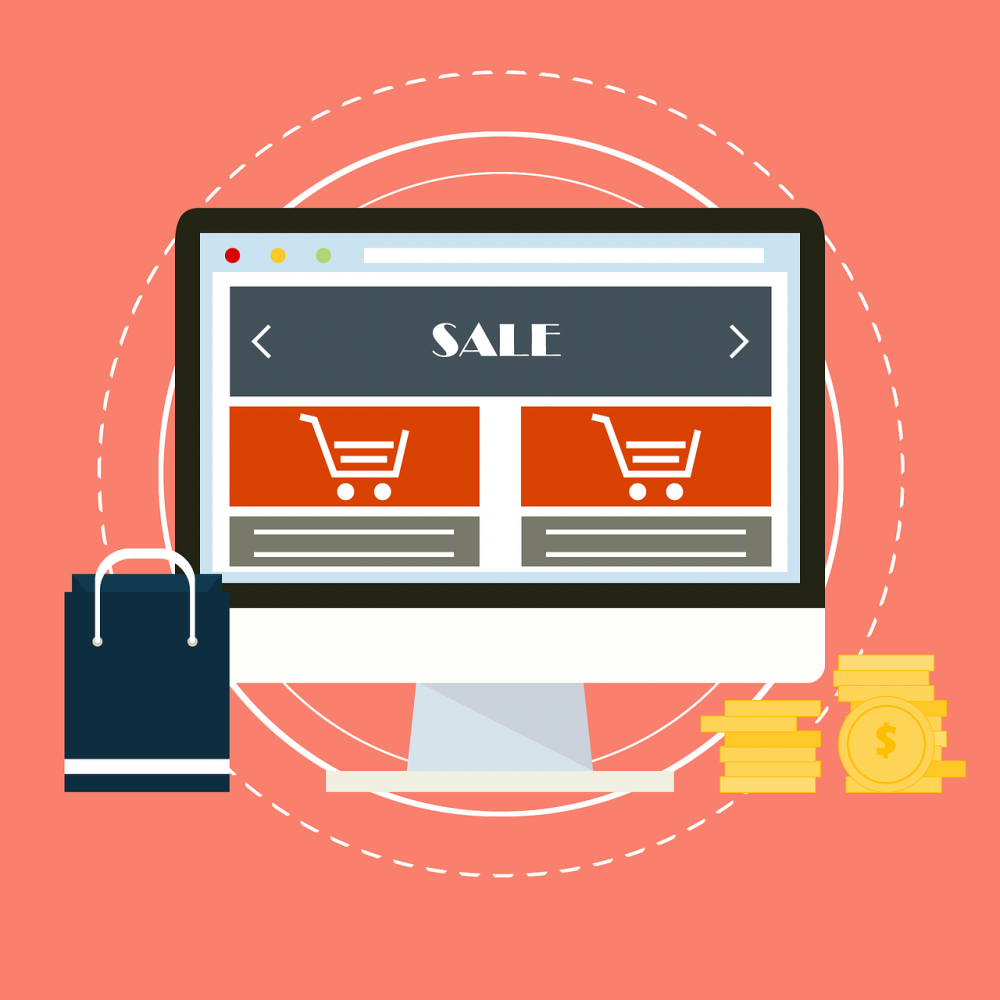E-commerce: The Evolution and Essentials of Online Shopping

Introduction to E-commerce and Key Points to Remember
In today’s digital age, e-commerce has emerged as a revolutionary way of conducting business. It refers to the buying and selling of goods and services over the internet, eliminating geographical barriers and offering unparalleled convenience to consumers. Whether you are an individual looking to make a purchase or a business aiming to expand your reach, understanding the essentials of e-commerce is crucial. In this article, we will delve into the various aspects of e-commerce, its historical evolution, and important considerations for both individuals and businesses.
The History of E-commerce: A Revolution in Shopping

The roots of e-commerce can be traced back to the early 1970s when electronic data interchange (EDI) paved the way for business-to-business (B2B) transactions. It involved the exchange of standardized documents between computers in a structured format, streamlining processes and reducing paperwork. However, it was not until the birth of the internet in the early 1990s that e-commerce truly began to flourish.
With the advent of the World Wide Web, businesses and consumers gained access to online marketplaces and shopping platforms. The pioneer of modern e-commerce, Amazon, was founded in 1994, offering an extensive range of products to consumers. Soon after, eBay came into existence, introducing the concept of online auctions and consumer-to-consumer (C2C) transactions. These platforms revolutionized the way people interacted with businesses, shifting the focus from brick-and-mortar stores to virtual storefronts.
As the internet continued to evolve, the 2000s witnessed the rise of mobile commerce (m-commerce) with the introduction of smartphones. This allowed consumers to shop on the go, leading to a significant increase in online shopping activities. Today, e-commerce has become an integral part of our daily lives, with countless online marketplaces and retailers catering to a global audience.
Important Considerations for Individuals
Whether you are a seasoned online shopper or someone who is new to the world of e-commerce, there are certain key points to keep in mind for a safer and more rewarding shopping experience:
1. Secure Online Transactions: Always ensure that the website you are purchasing from has secure payment gateways and SSL certificates to protect your personal and financial information.
2. Authenticity and Reviews: Read product descriptions, user reviews, and ratings before making a purchase to ensure the authenticity and quality of the product or service.
3. Return Policy and Customer Support: Familiarize yourself with the seller’s return policy and their customer support channels to address any concerns or issues that may arise post-purchase.
4. Comparison Shopping: Utilize price comparison websites or browser extensions to find the best deals and prices across various online retailers.
5. Online Security: Regularly update your antivirus software, use strong passwords, and be cautious of phishing attempts to safeguard your personal information and online financial transactions.
By keeping these considerations in mind, both individuals and businesses can make the most of the e-commerce landscape while minimizing potential risks.
Essential Factors for Businesses
For businesses, successfully navigating the e-commerce landscape requires careful planning and understanding of various essential factors:
1. User-Friendly Website: Create a visually appealing and user-friendly website with easy navigation and intuitive design to enhance the user experience.
2. Reliable E-commerce Platform: Choose a reliable e-commerce platform that suits your business needs, supports multiple payment options, and provides robust security features.
3. Effective Online Marketing Strategies: Develop a comprehensive online marketing strategy, including search engine optimization, social media marketing, and email campaigns, to maximize online visibility and attract potential customers.
4. Competitive Pricing and Shipping: Offer competitive pricing and efficient shipping options to remain competitive in the dynamic e-commerce market.
5. Analytics and Data Insights: Leverage analytics tools to track customer behavior, monitor sales trends, and gain insights into consumer preferences, allowing you to make informed business decisions and optimize your e-commerce strategy.
Incorporating these essential factors into your e-commerce strategy can help businesses expand their customer base, increase sales, and achieve long-term success in the online marketplace.
In conclusion, e-commerce has revolutionized the way we shop and conduct business. Understanding the fundamentals of e-commerce and its historical evolution is crucial for individuals and businesses alike. By considering factors such as secure transactions, authentic products, and user-friendly websites, individuals can navigate the online shopping landscape with confidence. Businesses, on the other hand, can benefit by focusing on factors like user-friendly websites, effective marketing strategies, and data-driven insights to establish a competitive edge. Embracing e-commerce opens up a world of opportunities, connecting buyers and sellers in an increasingly digital world.





